A Rufous Bush Robin (Cercotrichas galactotes) makes a great subject against a splash of colour, perching amongst the ripening sunflower heads
As the summer tourist season get underway here in south-western
Andalucia
, the baked countryside is at its greatest risk from wild fires. In the north of Spain around
Girona
, forest fires have claimed a few lives and reports from that area suggest that
disgarded
cigarette ends started the blaze. We have had a few fires here as well but fortunately nothing so harrowing.
Some
Rufous
Bush Robins have already started to cross The Strait and return to their wintering grounds in Equatorial Africa. I wasn’t aware until recently that
Rufous
Bush Robin’s nests are
parasitized
by the Common Cuckoo
(
Cuculus
canorus
).
Dried thistle stems make good perches for Rufous Bush Robins
A profile of this very handsome bird which is a lot brighter in colour than the eastern race
Always an impressive sight, a ‘kettle’ of White Storks high above the Spanish countryside
There has been a huge amount of White Stork movement this week around the coast. All along the flat plains where thermals are at their most powerful, the juvenile and adult White Storks rise high into the hot air currents,
spiralling
to enormous heights. Watching them in such huge numbers is always fascinating. I know that we are very lucky to be able to do witness such spectacles and some ‘kettles’ have already crossed The Strait and are, as I type, heading south through Morocco.
Black Kites pass over our house
The first migrant species of raptor that leaves Europe is the Black Kite. They are the first ones back in Europe around February each year. Again, this week has seen birds crossing The Strait of Gibraltar in big numbers and it’s quite common to see them in amongst the storks or even higher in the sky.
This sub-adult Egyptian Vulture was also heading south
A trio of Griffon Vultures glide past the coast at Bolonia
Griffon
Vultures are expert gliding birds and barely need to flap and use valuable energy. They can fly high at exceptionally high altitudes and take advantage of high jet stream currents. Juvenile and non-breeding birds also migrate south or search for food all the way down Africa’s Atlantic Ocean coastline often to West Africa. A good number of birds return to southern Spain during August/September and with them come juvenile
Rüppell’s
Vultures which can usually be seen around this time in Cadiz province,
Andalucia
. The
Rüppell’s
northern most distribution is around the
Senegambia
zone.
A flurry of Spanish Sparrows
With perfect camouflage against the brown countryside, this newly fledged
Woodchat
Shrike makes its own way in life as its parents leave their breeding areas here in southern Europe and head south
once again
We have had more southern movement of adult Montagu’s Harriers and some arrivals of juveniles in the La Janda area. Here they stop off and feed on dragonflies, darters, small passerines and small rodents.
It’s always great to catch up with the darker or
melanistic
form of the
Montagu’s
Harrier. Most of these northern Iberian breeding birds arrive later in early September and can spend some weeks with us before flying south across The Strait.
Booted Eagle
Short-toed Eagle
Greater Flamingo, juvenile
Adults in formation flight
Zitting Cisticola
Cetti’s Warbler (Taken earlier in the year)
Crag Martin
Bee-eater
Collared Pratincole – what amazing adeptness of flight that these last two species show.
Stephen Daly
Stephen Daly, has been birding since he was eight years old in his native Scotland. After living in Germany and France he established Andalucian Guides the successful birding and wildlife tour company on The Strait of Gibraltar in Spain and has been living here since 2001. Photographing birds in flight is one passion and his photos can be found in many books, magazines and journals. Studying bird behaviour and bird migration are two other positive aspects of being based on one of the busiest migration routes on Earth.
- Web |
- More Posts(81)
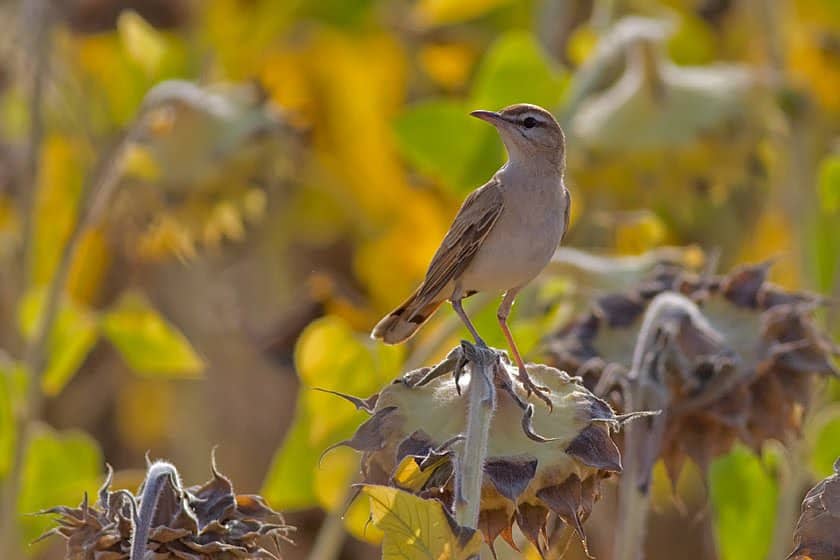















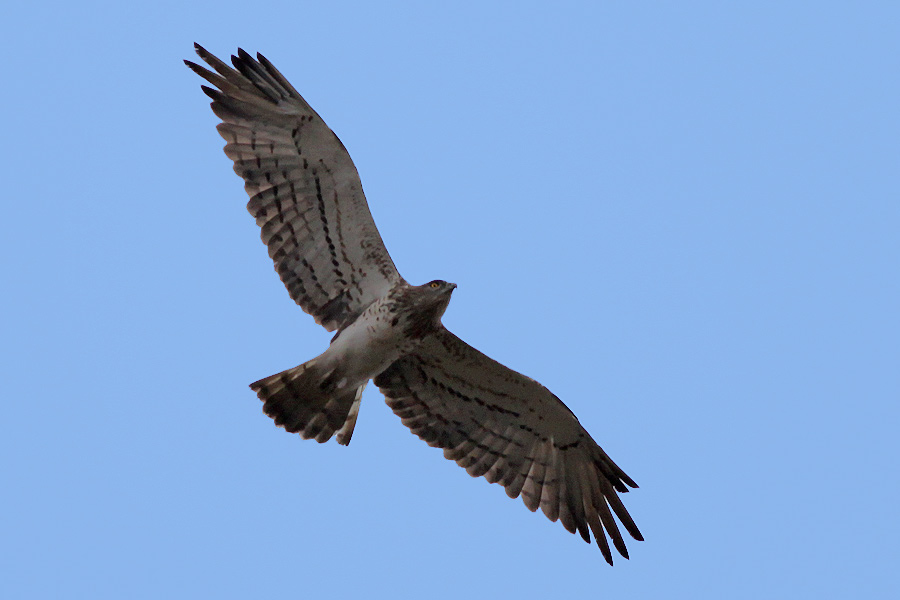


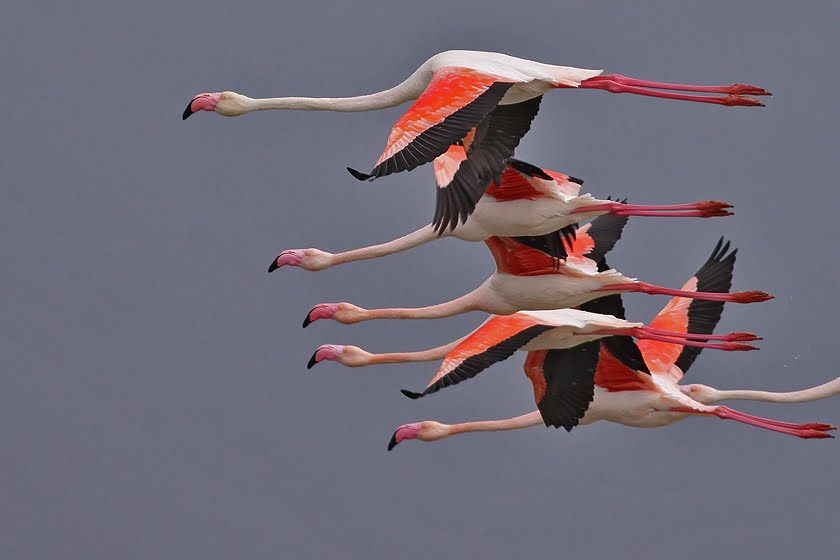








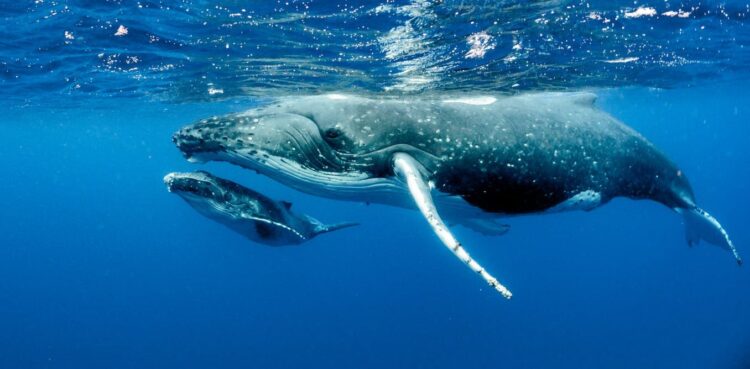
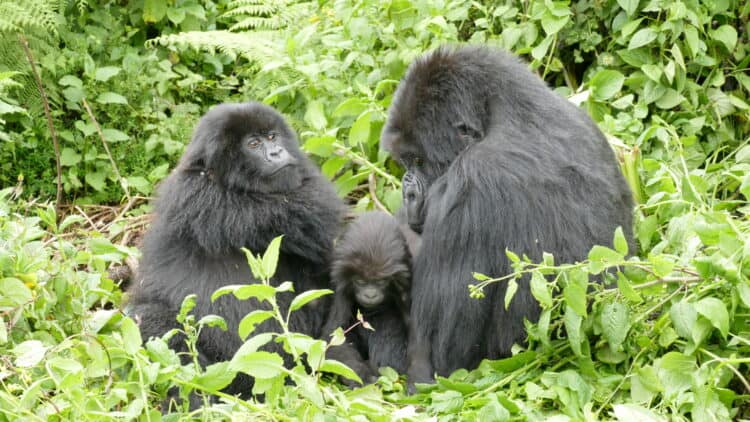

Leave a Reply